 As a warm-up to our upcoming webinar, we discuss with Mats Malmström the importance of project value and project culture, and how they sometimes get thrown in as an afterthought. Mats is owner of LYM Consulting and a multi-talented management consultant with more than 25 years of experience as executive sponsor, program and project manager.
As a warm-up to our upcoming webinar, we discuss with Mats Malmström the importance of project value and project culture, and how they sometimes get thrown in as an afterthought. Mats is owner of LYM Consulting and a multi-talented management consultant with more than 25 years of experience as executive sponsor, program and project manager.
Hi Mats, let me just say I’m happy to welcome you to our blog and to kick-start our partnership.
Thank you Jaime, I am really excited to work with you at ITM Platform.
What attracted you most of ITM Platform when you first saw it, and what would you say that makes it different to other tools?
I have come across many PPM and PM tools during my years as project manager and executive sponsor. Some of these tools are extremely powerful and provide organizations with the functionality needed to be able to successfully manage projects.
What I like with ITM platform is that it allows you to manage your organization’s projects and programs in one place and to a reasonable cost. The versatility and the ease of use of the software allows you to manage your portfolio, plan and monitor your programs and projects, communicate with your project team and stakeholders, and get an instant overview of the status of your portfolio and each project individually. Also, it allows you to manage any type of project, structured and/or agile.
“What I like with ITM platform is that it allows you to manage your organization’s projects and programs in one place and to a reasonable cost.”
Each organization has its unique ways of working. Hence, another important feature in the ITM platform is that you can easily customize the tool to your current processes.
You come from a long career in the Information and Communication Technology sector. What’s your experience of the industry in how it relates to projects? Are there any specific challenges you wouldn’t typically find in other context?
This sector has a long history of applying project management principles successfully. Many companies have a high project maturity with well defined processes. Having said that, in my experience the main challenges many companies have are to follow and adapt their project management practices to be successful in a very disruptive and competitive market. These organizations have invested heavily in their current tools and processes slowing down the process of change that is desired. I have also seen at various occasions that tacit PM knowledge and best practices have been lost as a result of re-organizations.
“The nature of a project is to interconnect and involve various parts of the organization in the spirit of innovation and transformation to reach challenging goals that might not be possible to manage in the current operation.”
Would you say this is changing over time, or are any of those issues long-standing concerns?
These are challenges all organizations in any industry have. Today’s business environment does require organization to be faster and innovative to succeed, that goes for project management practices too.
The key to ensure that your project is generating the maximum value is to align it with the organization’s strategic plan and business goals. The nature of a project is to interconnect and involve various parts of the organization in the spirit of innovation and transformation to reach challenging goals that might not be possible to manage in the current operation. The project performance gives a good indication of how well or bad the whole organization is set up for generating maximum value.
We will discuss what it means to talk about the value of projects with a webinar on January 24. Why do you think this topic is so fascinating?
Expected/ desired/ value has always been a deciding factor for what we do and how we invest our resources. Organizing the work to be done as a project has been shown over the history of mankind as the most powerful vehicle to drive and create value for an organization in a reasonable time frame. However, the notation of value is relative in time and in context. Organizations need a systematic approach to assess, prioritize, monitor and communicate project value, or rather, the value of their investments. It shall to embrace the whole organization. In today’s knowledge based economy, it is more important than ever to ensure that everyone understands what we mean by value in a given situation to contribute to maximizing value in the project at all time.
I have led cross functional project teams with a consistent focus on value creation resulting in, for example, shorter time to market for new product releases, better margins and break-in contracts.
“Whenever project value is perceived differently or known too late, the impact on results is disastrous”
Perhaps it doesn’t seem like a priority… Do you think there are different perceptions between employees, project managers and portfolio folks?
I would not say that the expected value is a not priority in the project. What happens sometimes is that project value, translated to project goals are taken for granted and the project’s attention is steered towards executing the project schedule and firefighting. I have also seen in projects that value has not be clearly defined and broken down in order to effectively communicate it to the project and all stakeholders. These two situations lead to the project value being perceived or understood differently or known too late. In some cases, it had a disastrous impact on the project result.
What do you recommend to someone that wants to improve project culture at their organization?
It’s interesting that you mention project culture. Project culture is what I would call the organization’s soul, it ensures a common understanding of the value of projects, and how to work and build the capabilities in the organization to realize that value.
I would recommend that you start with understanding where you are today and from there define what is the correct strategy for your organization. I will share with the webinar participants a simple and at the same time quite effective assessment tool to measure the organization’s project culture.
“Always make sure you communicate project value to your stakeholders. The worst possible mistake of a project manager is to underestimate the importance of communication.”
Are there any don’ts / terrible mistakes?
I would say that you should never underestimate the importance of communication. We as project managers spend more than 80% of our time communicating. Make sure that you communicate clearly the project value at all time to your stakeholders.
I’d like to discuss yet another topic before we part ways. You have experience on both sides on the Atlantic and in LatinAmerica, as well as the US. We know Anglo-Saxon markets are more mature, but what have you learned in LatAm that you wouldn’t have otherwise?
I have met many highly skilled and successful project managers and PMO managers in Latin America leading the implementation of project management best practices in their organizations. The challenges they have are related to the culture and the structure of business, making it sometimes more difficult to get consensus about the value of projects and to develop a strong project culture.


 Many people are discovering that working from home is a great advantage, and companies are inclined to agree. Hiring a contractor over an employee, and using that employee to build a virtual team for projects, is advantageous in a number of ways:
Many people are discovering that working from home is a great advantage, and companies are inclined to agree. Hiring a contractor over an employee, and using that employee to build a virtual team for projects, is advantageous in a number of ways:
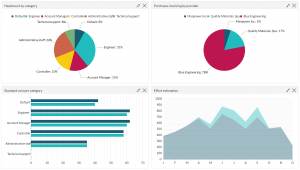
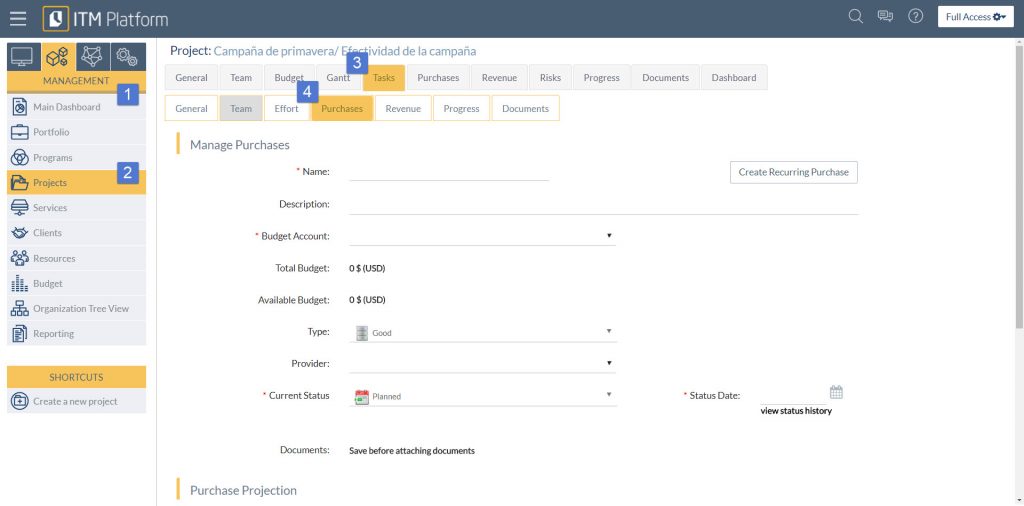

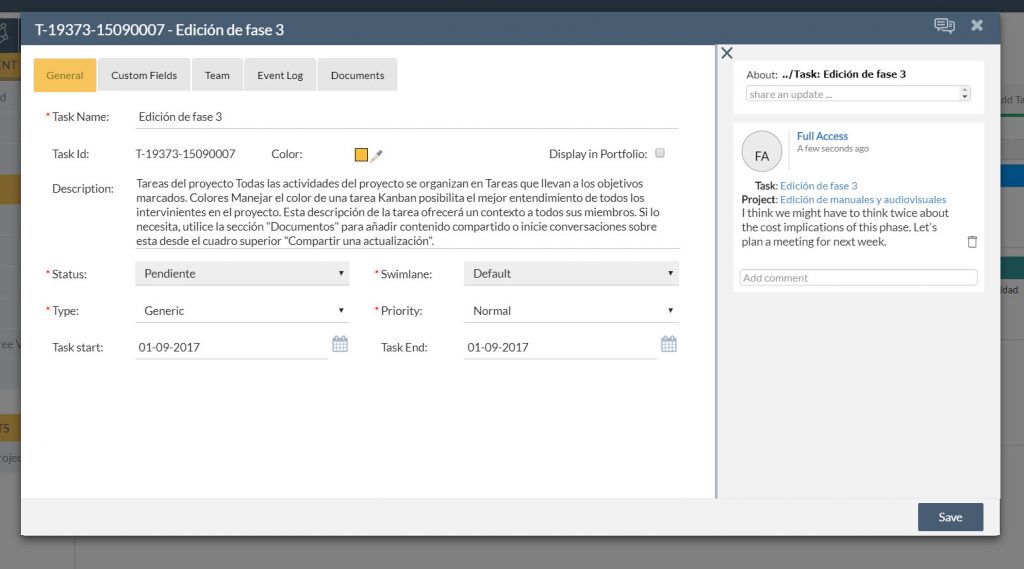
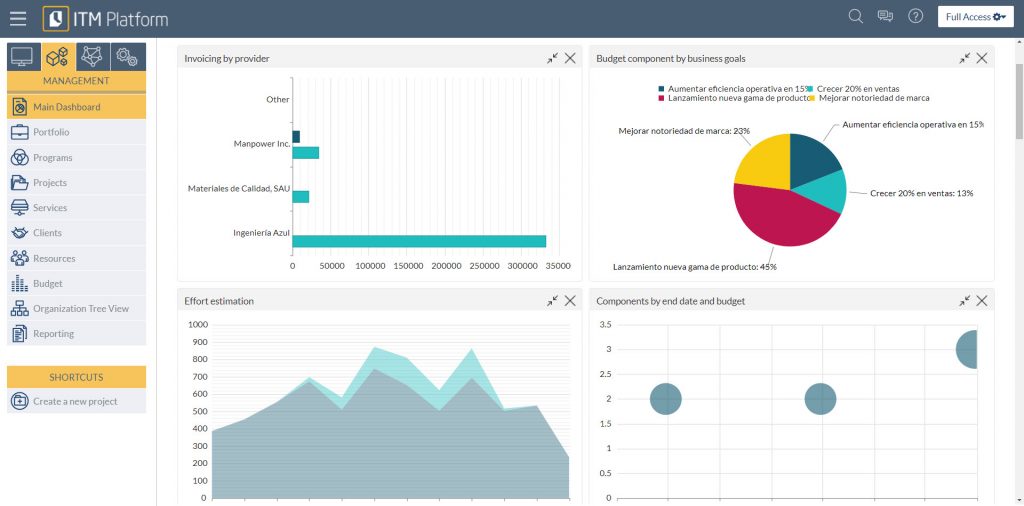
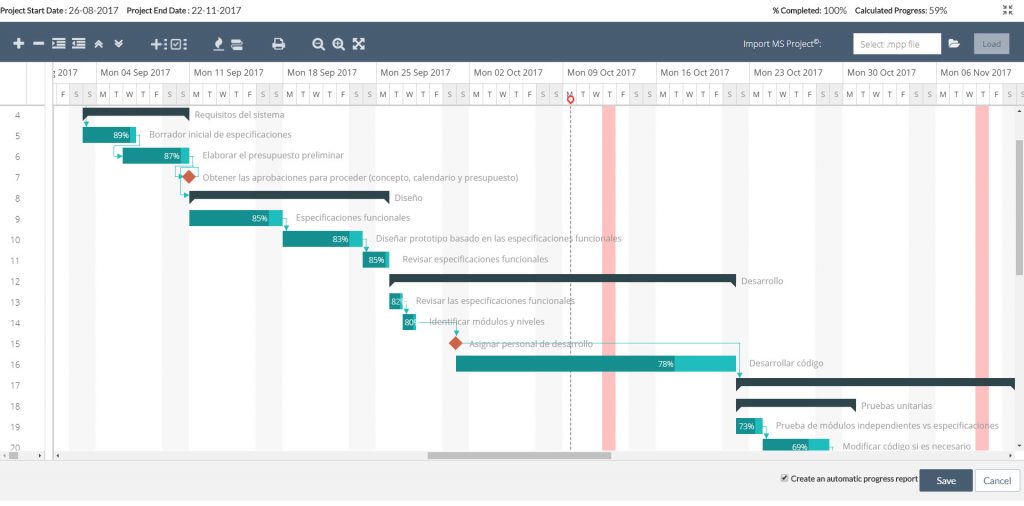
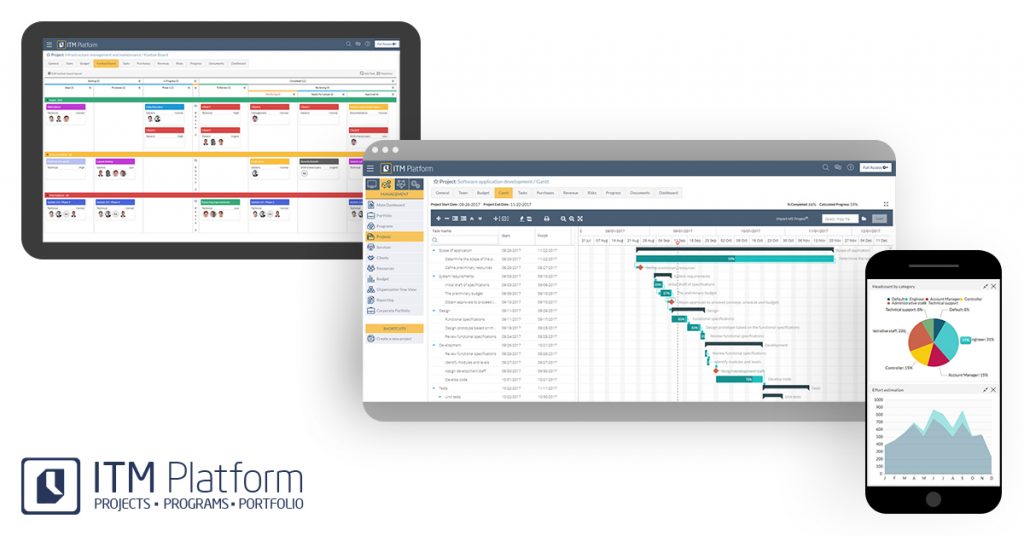
 The 7th area of knowledge of the Project Management Book of Knowledge (PMBOK) is focused on project communications management. This proposal is addressed to the creation, compilation, distribution, storage, recovery, and final disposition of all the information for it to be accurate and appropriate.
The 7th area of knowledge of the Project Management Book of Knowledge (PMBOK) is focused on project communications management. This proposal is addressed to the creation, compilation, distribution, storage, recovery, and final disposition of all the information for it to be accurate and appropriate.